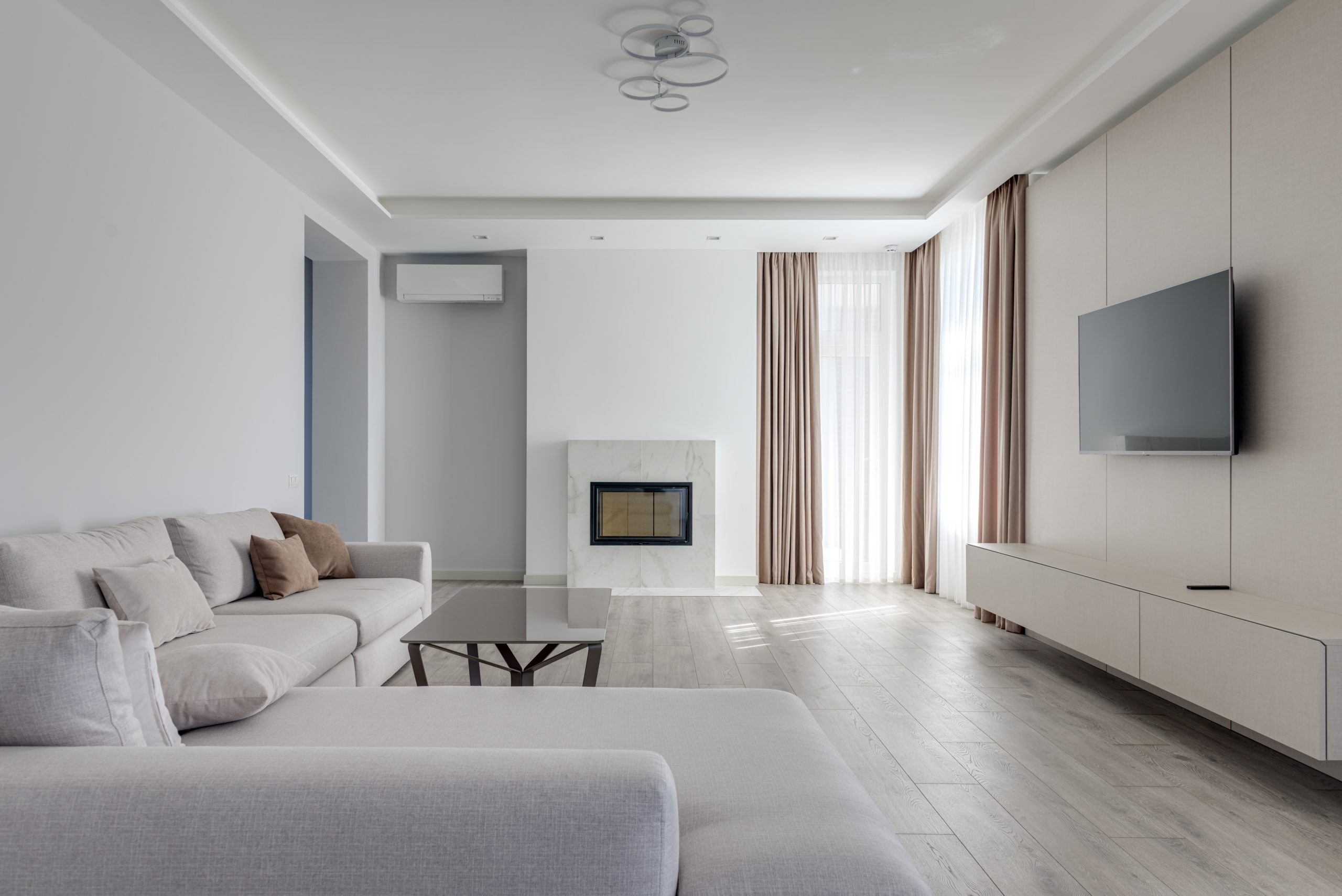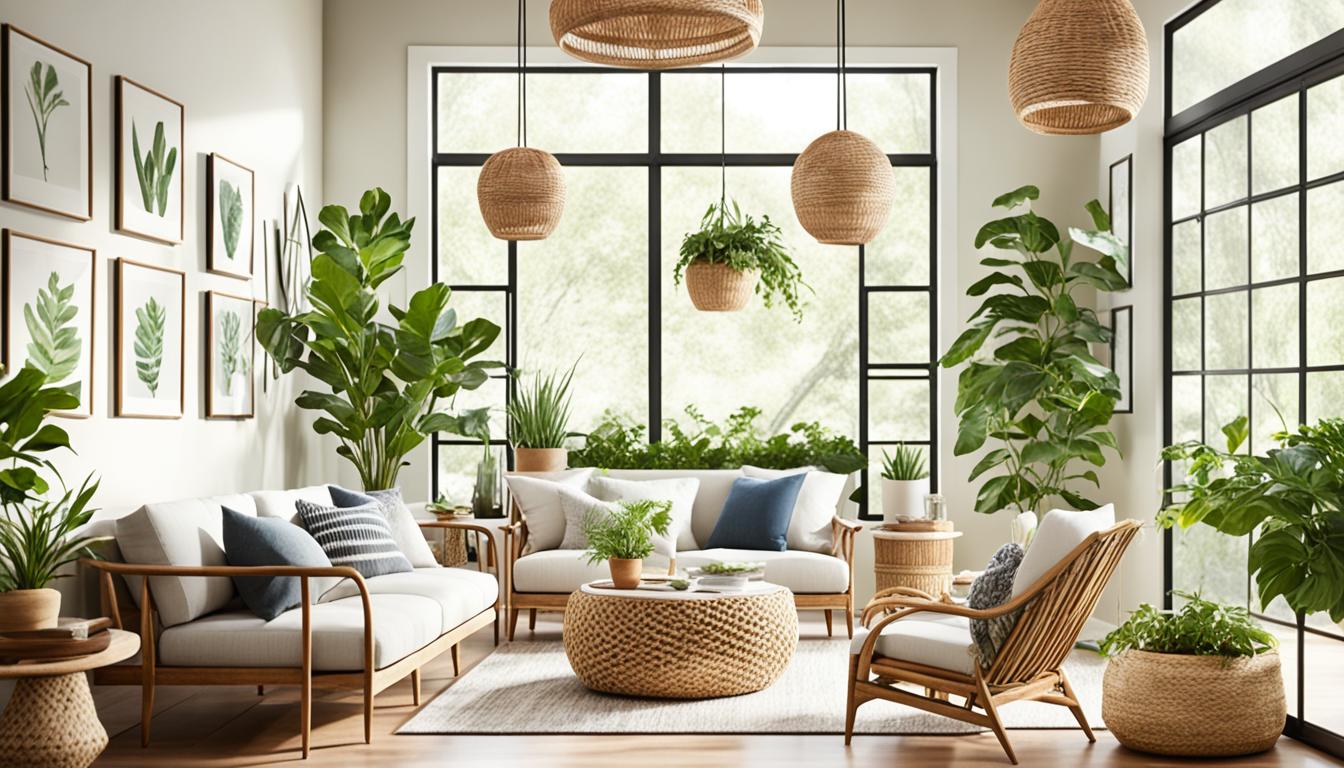Design a high-end look with expert luxury interior design.
Transform Your Home With Necessary Principles of Inside Style and Visual Appeals
By comprehending the effect of shade concept and the value of appearance and patterns, one can develop spaces that are not only visually enticing yet also deeply individual. Attaining this stability entails even more than mere decor; it incorporates a tactical arrangement and a keen understanding of how each element engages within a room.
Understanding Shade Theory
Shade concept is an essential facet of interior design that dramatically influences mood, understanding, and overall aesthetic. Understanding the concepts of color theory permits designers to develop areas that resonate psychologically with residents while fulfilling practical requirements (Architecture Firm). Colors can be classified right into three main kinds: primary, secondary, and tertiary. Each classification plays an important role in developing harmony within a room.
The emotional impact of colors is extensive; warm colors such as reds and oranges evoke power and warmth, while cool tones like blues and environment-friendlies promote peace and serenity. The use of complementary shades enhances visual passion, producing striking contrasts that can boost a room's charm.
Neutral shades, on the other hand, serve as a flexible background, permitting other style elements to radiate. It is necessary to take into consideration variables such as lights and the space's function when picking a shade scheme, as these can alter the understanding of shades throughout the day.
Inevitably, a well-considered color design can change a space, promoting a feeling of convenience and style that straightens with the residents' preferences. Proficiency of shade concept is, therefore, a crucial skill for any type of indoor developer intending to develop harmonious and welcoming settings.
Attaining Equilibrium in Design
Just how can designers accomplish a sense of stability in their spaces? Attaining balance in layout is essential to producing harmonious interiors. Designers can use three primary types of balance: in proportion, unbalanced, and radial. Symmetrical equilibrium includes setting up aspects equally around a central point, cultivating a feeling of order and peace. This kind commonly features pairs of furnishings or art work, improving visual security.
Asymmetrical equilibrium, on the various other hand, depends on varying aspects that still accomplish a natural look. This technique enables more vibrant and informal plans, giving rate of interest while maintaining stability. By meticulously selecting differing dimensions, colors, and appearances, developers can develop an aesthetically engaging area that really feels well balanced yet energised.
Radial equilibrium highlights a main centerpiece with aspects radiating exterior. This design is generally seen in round formats, where furnishings and decoration develop a cohesive surround that attracts the eye inward.
Eventually, accomplishing equilibrium calls for thoughtful consideration of scale, percentage, and the connections between elements. luxury interior design. By masterfully applying these equilibrium principles, designers can transform spaces into atmospheres that feel both aesthetically pleasing and functionally harmonious, improving the overall experience for residents
Significance of Spatial Recognition

A keen feeling of spatial recognition enables developers to recognize focal points within an area, directing the customer's interest to key features while keeping a total feeling of unity. It additionally helps in the calculated positioning of lighting, which can dramatically affect the perception of space and state of mind. Comprehending spatial connections enables the developer to cater to the specific requirements of citizens, ensuring that each location serves its designated objective without compromising aesthetics.
Inevitably, spatial awareness is vital for taking full advantage of the capacity of any type of indoor room. By carefully considering the interaction between dimensions, format, and feature, developers can create environments that not just meet useful requirements however likewise evoke a feeling of convenience and beauty, improving the overall living experience.
Incorporating Structure and Patterns
Welcoming a diverse variety of textures and patterns can substantially improve the visual and responsive charm of an indoor space. The critical usage of various materials-- such as timber, metal, material, and stone-- develops deepness and passion, making an area really feel a lot more inviting link and vibrant. For example, integrating smooth surfaces with harsh textures can establish an equilibrium that attracts the eye and involves the senses.
When integrating patterns, take into consideration both scale and rep. Huge patterns can serve as focal points, while smaller, refined styles can enhance other elements without overwhelming the room. Layering patterns, such as pairing floral cushions with candy striped throws, includes complexity and a sense of harmony if carried out thoughtfully.
It is additionally vital to maintain a cohesive color scheme, making sure that structures and patterns interact as opposed to contend for attention. By choosing a few key textures and patterns, you can create a merged aesthetic that shows your individual design while improving the total more helpful hints ambiance of the space. Inevitably, the careful consolidation of these elements can change a mundane room into a sophisticated environment rich with personality and heat.
Customizing Your Area
Creating a room that shows your character is vital to attaining a genuinely welcoming atmosphere. Personalization in interior decoration enables you to infuse your one-of-a-kind style and interests into your home, changing it from a simple sanctuary into a sanctuary that talks with that you are. Begin by selecting a shade palette that reverberates with your feelings-- bold see page shades can stimulate, while soft tones offer serenity.
Include art work and decor that reflect your enthusiasms, whether it be traveling, nature, or abstract ideas. Presenting individual collections, such as books, photos, or mementos, can evoke treasured memories and create centerpieces within an area. In addition, think about personalizing functional items, like upholstered furnishings, to align with your aesthetic preferences.

Conclusion
Finally, the improvement of a home through the crucial concepts of indoor style and appearance necessitates a detailed understanding of color theory, balance, spatial awareness, texture, and personalization. Each aspect adds dramatically to producing an unified and functional living setting - miami luxury interior design. By attentively incorporating these principles, individuals can improve the aesthetic charm and emotional resonance of their rooms, ultimately fostering a home that shows unique identities while providing convenience and practicality